Thermal Expansion Coefficient: Metals, Alloys, And Common Materials
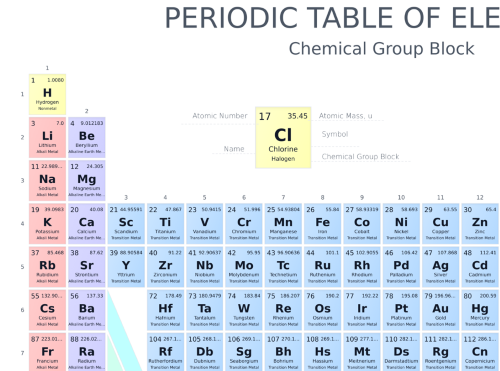
Figure 1. Periodic Table [1]
Thermal Expansion Coefficient of Metals and Alloys
|
Metal |
Thermal Expansion |
|
Admiralty Brass |
11.2 |
|
3 |
|
|
13.1 |
|
|
Aluminium Bronze |
9.0 |
|
Antimony |
5 |
|
Barium |
11.4 |
|
6.7 |
|
|
Beryllium Copper |
9.3 |
|
7.2 |
|
|
Brass |
10.4 |
|
Bronze |
10 |
|
Calcium |
12.4 |
|
Grey Cast Iron |
5.8 |
|
Steel Cast, 3% C |
7.0 |
|
2.9 |
|
|
3.3 |
|
|
6.7 |
|
|
9.8 |
|
|
Copper-based Alloy – Manganese Bronze |
11.8 |
|
Copper-based Alloy – Nickel Silver |
9.0 |
|
Copper-Nickel |
9.0 |
|
6.8 |
|
|
19.4 |
|
|
5 |
|
|
Germanium |
3.4 |
|
7.9 |
|
|
3.3 |
|
|
Hastelloy C |
5.3 |
|
6.4 |
|
|
8.0 |
|
|
18.3 |
|
|
Invar |
0.67 |
|
3.3 |
|
|
Iron, Spheroidal Pearlitic |
6.5 |
|
Pure Iron |
6.8 |
|
15.1 |
|
|
15.6 |
|
|
14 |
|
|
12 |
|
|
Manganese Bronze |
11.8 |
|
Structural Steel |
5.9 |
|
3.0 |
|
|
Monel |
7.8 |
|
5.3 |
|
|
7.2 |
|
|
Nickel Putty |
7.4 |
|
3.9 |
|
|
Red Brass |
10.4 |
|
Osmium |
2.8 |
|
5 |
|
|
Plutonium |
19.84 |
|
Potassium |
46 |
|
4.4 |
|
|
21 |
|
|
11 |
|
|
39 |
|
|
Stainless Steel |
9.4 |
|
3.6 |
|
|
Thorium |
6.7 |
|
5.7 |
|
|
12.8 |
|
|
4.8 |
|
|
2.5 |
|
|
Uranium |
7.4 |
|
4.4 |
|
|
14.6 |
|
|
19 |
|
|
3.2 |
Thermal Expansion Coefficient of Common Materials
|
Product |
Thermal Expansion |
|
ABS (acrylonitrile–butadiene–styrene) thermoplastic polymer |
72 – 108 |
|
ABS – Fibre-reinforced |
31 |
|
Acetal – Fibre-reinforced |
39 |
|
Acetal |
85 – 110 |
|
Acrylic glass |
68 – 75 |
|
Amber |
50 – 60 |
|
Arsenic |
4.7 |
|
Bleached Bakelite |
22 |
|
Barium Ferrite |
10 |
|
Benzocyclobutene |
42 |
|
Brass |
18 – 19 |
|
Brickwork |
5 |
|
Bronze |
17.5 – 18 |
|
Rubber |
66 – 69 |
|
Grey Cast Iron |
10.8 |
|
Celluloid |
100 |
|
Cellulose Acetate (CA) |
130 |
|
Cellulose Acetate Butyrate (CAB) |
96 – 171 |
|
Cellulose Nitrate (CN) |
80 – 120 |
|
Chlorinated Polyvinyl Chloride (CPVC) |
63 – 66 |
|
Chromium |
6 – 7 |
|
Mud Brick Structure |
5.9 |
|
Concrete |
13 – 14 |
|
Concrete Structure |
9.8 |
|
Ebonite |
70 |
|
Epoxy – Fibre-reinforced |
36 |
|
Epoxy Resins, Casting Resins and Compounds, Unfilled |
45 – 65 |
|
Ethylen–Ethylacrylate (EEA) |
205 |
|
Ethylen–Vinylacetate (EVA) |
180 |
|
Fluoroethylene–Propylene (FEP) |
135 |
|
Fluorite, CaF2 |
19.5 |
|
Glass, Hard |
5.9 |
|
Glass, Plate |
9.0 |
|
Glass, Pyrex |
4.0 |
|
Granite |
7.9 – 8.4 |
|
Pure Graphite (Carbon) |
4 – 8 |
|
Red Brass |
18 |
|
Ice, 0°C Water |
51 |
|
Inconel |
11.5 – 12.6 |
|
Limestone |
8 |
|
Macor |
9.3 |
|
Marble |
5.5 – 14.1 |
|
Masonry, Brick |
4.7 – 9.0 |
|
Mica |
3 |
|
Monel Metal |
13.5 |
|
Mortar |
7.3 – 13.5 |
|
Nylon, General Purpose |
50 – 90 |
|
Nylon, Fibre-reinforced |
23 |
|
Phosphor Bronze |
16.7 |
|
Gypsum |
17 |
|
Plastics |
40 – 120 |
|
Polycarbonate – Fibre-reinforced |
21.5 |
|
Polyester |
124 |
|
Polyester – Fibre-reinforced |
25 |
|
Polyethylene (PE) |
108 – 200 |
|
Polyethylene (PE) – High Molecular Weight |
108 |
|
Polyethylene Terephthalate (PET) |
59.4 |
|
Polypropylene (PP), Unfilled |
72 – 90 |
|
Polypropylene – Fibre-reinforced |
32 |
|
Polytetrafluoroethylene (PTFE) |
112 – 135 |
|
Polyvinyl Chloride (PVC) |
54 – 110 |
|
Industrial Porcelain |
4 |
|
Molten Quartz |
0.55 |
|
Mineral Quartz |
8 – 14 |
|
Sandstone |
11.6 |
|
Sapphire |
5.3 |
|
Wax |
2 – 15 |
|
Wedgwood ware |
8.9 |
|
Wood, Transverse (Perpendicular) to Grain |
30 |
|
Wood, Fir |
3.7 |
|
Wood, Parallel to Grain |
3 |
|
Wood, Pine |
5 |
Note: Most coefficients are measured at 25 °C (77 °F).
Thermal Expansion Coefficient: FAQs
1. What is the thermal expansion coefficient?
The thermal expansion coefficient refers to the rate at which a material expands or contracts in response to temperature changes. It quantifies the dimensional change of a material in response to temperature variations.
2. How is the thermal expansion coefficient measured?
Thermal expansion coefficients are typically determined using methods such as dilatometry or interferometry, whereby the material is subjected to controlled temperature changes, allowing the subsequent dimensional changes to be measured.
3. Why is the thermal expansion coefficient important?
Knowledge of the thermal expansion coefficient is crucial in various sectors, particularly in construction, engineering and materials science. It assists in predicting how materials respond to temperature fluctuations, thereby preventing structural damage or failure in applications subject to temperature changes.
4. Do all materials expand and contract at the same rate?
No, different materials exhibit varying thermal expansion coefficients. For instance, metals generally have higher coefficients than ceramics or polymers. Knowledge of these differences is essential for the selection of materials for specific applications.
5. How does thermal expansion affect structures?
Thermal expansion can cause dimensional changes in structures, resulting in stresses, deformations or cracks when materials expand or contract unevenly due to temperature variations. This phenomenon must be considered in architectural and engineering designs.
6. Can thermal expansion coefficients be controlled?
It is challenging to alter the inherent thermal expansion properties of a material; however, engineers and designers can mitigate the effects through design considerations, material selection and the use of composite materials with tailored properties.
7. Is thermal expansion always undesirable?
While thermal expansion may pose issues in some applications, it can be advantageous in others. For example, bimetal strips utilise different thermal expansion rates to function as thermometers or switches.
Reference:
[1] National Center for Biotechnology Information (2024). Periodic Table of the Elements. Accessed on 08/01/2024 from https://pubchem.ncbi.nlm.nih.gov/periodic-table/

 Bars
Bars
 Beads & Spheres
Beads & Spheres
 Bolts & Nuts
Bolts & Nuts
 Crucibles
Crucibles
 Discs
Discs
 Fibers & Fabrics
Fibers & Fabrics
 Films
Films
 Flake
Flake
 Foams
Foams
 Foil
Foil
 Granules
Granules
 Honeycombs
Honeycombs
 Ink
Ink
 Laminate
Laminate
 Lumps
Lumps
 Meshes
Meshes
 Metallised Film
Metallised Film
 Plate
Plate
 Powders
Powders
 Rod
Rod
 Sheets
Sheets
 Single Crystals
Single Crystals
 Sputtering Target
Sputtering Target
 Tubes
Tubes
 Washer
Washer
 Wires
Wires
 Converters & Calculators
Converters & Calculators
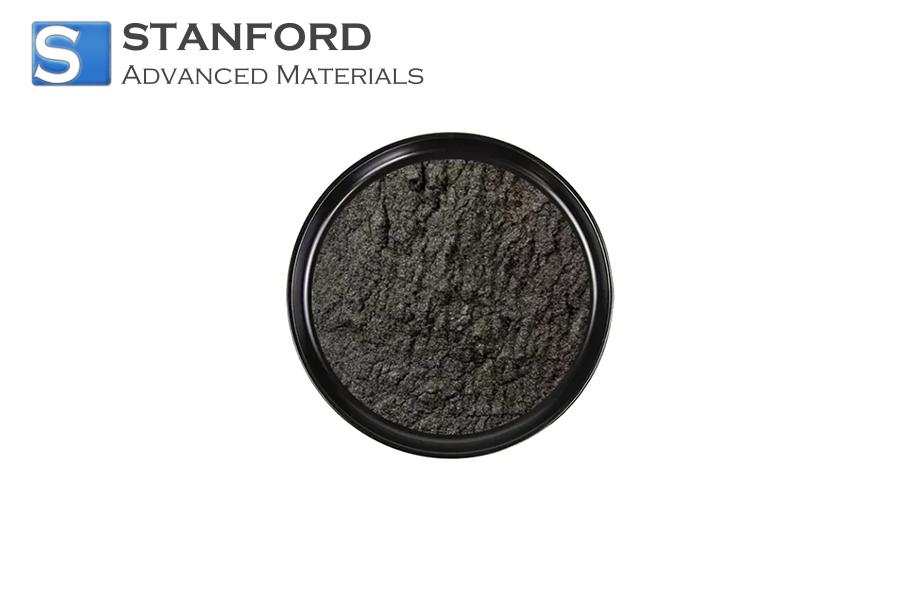
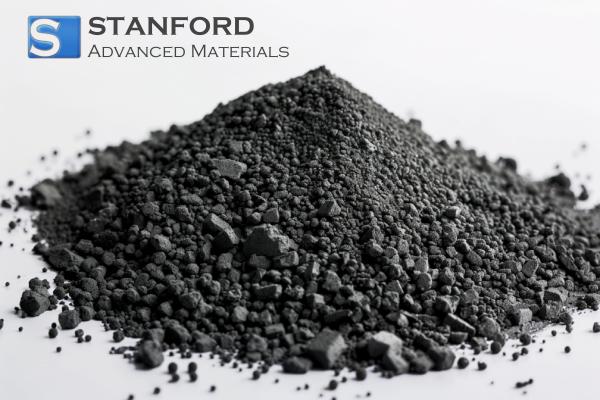
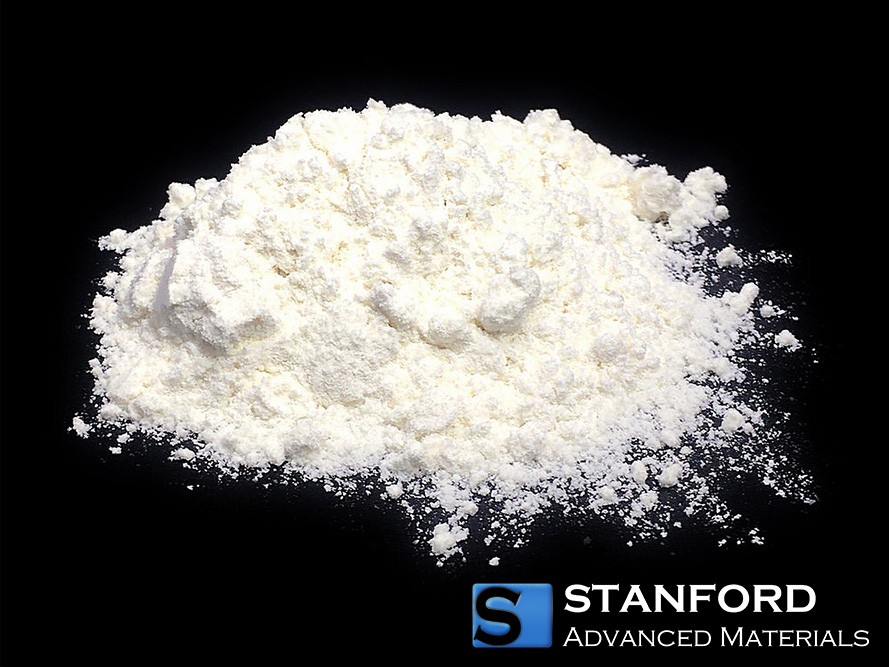
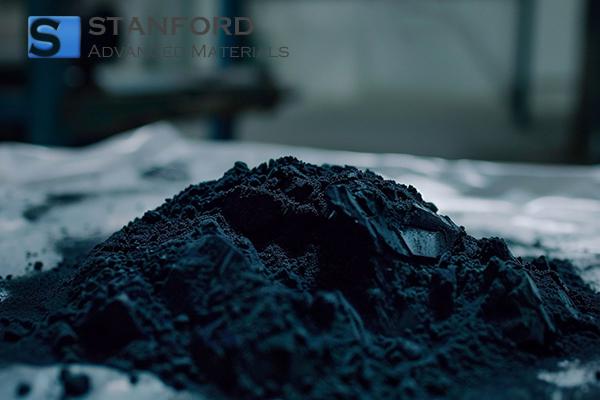
 Chin Trento
Chin Trento



